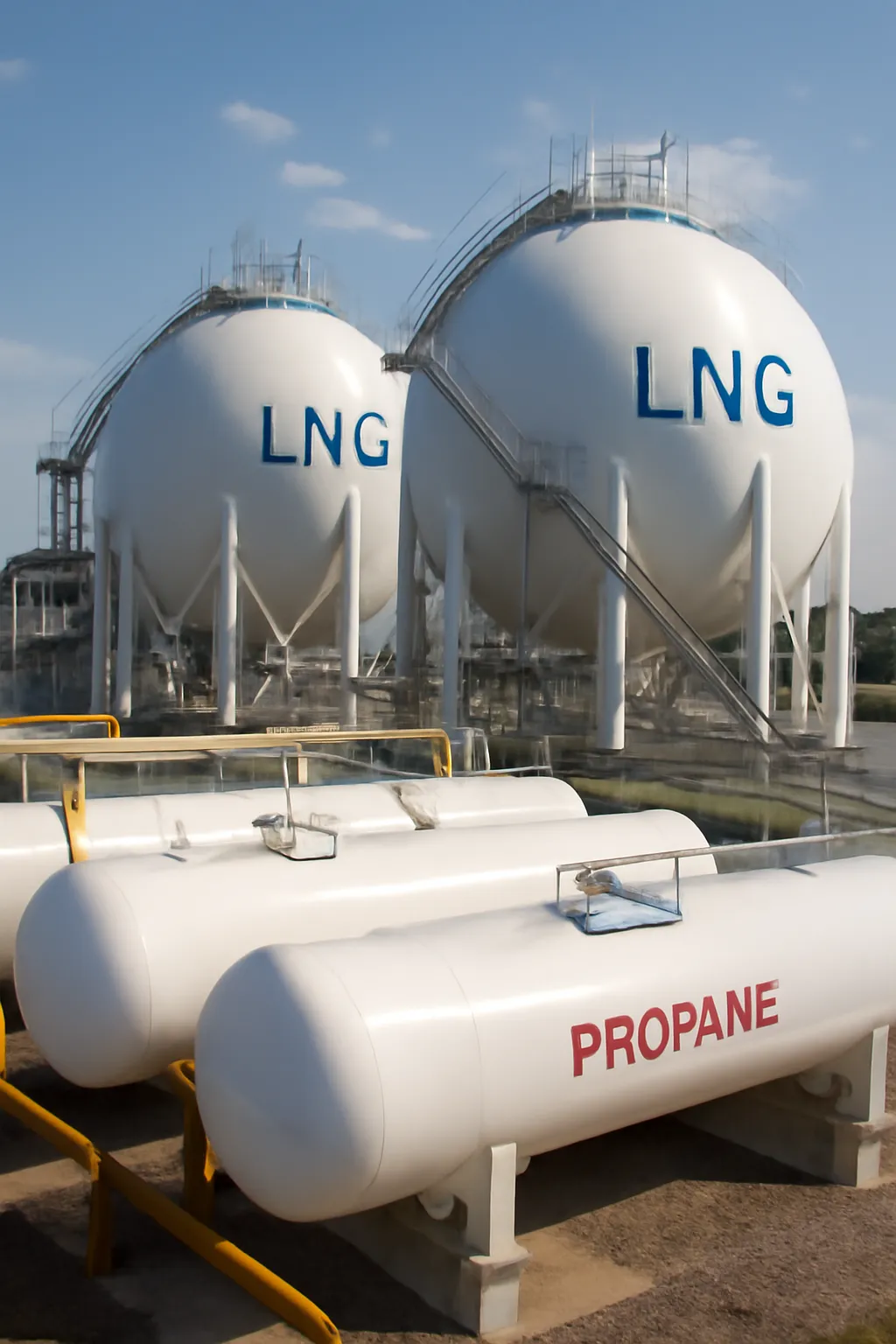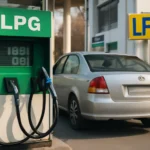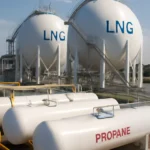In recent years, the prices of Liquefied Petroleum Gas (LPG) and Liquefied Natural Gas (LNG) have fluctuated significantly, impacting both consumers and industries globally. Understanding the differences in their pricing can help businesses make better decisions in energy sourcing and individuals choose the best fuel for their needs. This article delves into the comparison between LPG and LNG, focusing on the factors that contribute to their price differences and their respective advantages.
LPG and LNG Comparison: What Sets Them Apart?
Both LPG and LNG are gaseous fuels that have been liquefied for easier storage and transportation. However, they come from different sources, and their pricing mechanisms are influenced by various factors. LPG is primarily a byproduct of crude oil refining and natural gas processing, while LNG is natural gas that has been cooled to liquid form for ease of transport over long distances.
Price Formation and Volatility
LPG prices are more closely tied to the global oil market. Since LPG is often produced alongside crude oil, any fluctuations in oil prices directly impact the cost of LPG. Conversely, LNG prices are more dependent on the supply and demand dynamics of the natural gas market, including regional factors like production costs, storage capacities, and pipeline availability. LNG’s pricing is also more volatile due to the fluctuating demand from international markets, particularly in regions like Asia where demand spikes during colder months.
For example, in regions where crude oil prices rise due to geopolitical factors, the price of LPG tends to follow suit. On the other hand, LNG prices may surge if there is an imbalance between demand and supply, such as during an energy crisis or when there are disruptions in supply chains, such as pipeline issues or liquefaction plant shutdowns.
Transportation Costs and Infrastructure
Another crucial factor influencing the price difference between LPG and LNG is the cost of transportation. LPG is typically transported via pipelines or ships in pressurized containers, while LNG requires special cryogenic tanks to keep it at ultra-low temperatures during transportation. As a result, LNG incurs higher transportation and infrastructure costs. This added complexity and expense contribute to higher prices for LNG, particularly in regions without access to the necessary LNG infrastructure.
Regional Pricing Differences
Geography plays a significant role in determining LPG and LNG prices. For instance, countries with abundant natural gas reserves, such as Russia and the United States, often enjoy lower LNG prices. In contrast, countries relying on LNG imports may face higher prices due to the cost of transportation and liquefaction. Similarly, LPG prices tend to vary depending on the proximity to oil refining facilities and the global price of crude oil.
The Difference Between LPG and LNG: Physical Properties and Uses
LPG and LNG differ significantly in terms of their physical properties, and these differences have a direct impact on how they are used in various applications.
LPG: Compact and Versatile Fuel
LPG is composed primarily of propane and butane. It is stored as a liquid under pressure, which makes it much more compact than natural gas. This characteristic makes LPG ideal for use in portable applications like heating, cooking, and even as an automotive fuel. The ability to store LPG in relatively small cylinders allows it to be used in areas where natural gas pipelines are not available.
LPG is also used in industries for heating, refrigeration, and as a feedstock in the petrochemical industry. It is often preferred in places with limited access to natural gas infrastructure, such as remote areas or small islands.
LNG: A Cleaner Alternative for Large-Scale Energy Needs
LNG, on the other hand, is primarily used for large-scale industrial purposes and power generation. Its lower carbon content compared to other fossil fuels makes it a cleaner alternative, especially in power plants that switch from coal or oil to LNG for electricity production. LNG is also being explored as an alternative fuel for marine transportation, with many shipping companies adopting LNG-powered vessels due to its lower emissions.
The larger-scale nature of LNG infrastructure makes it less practical for small-scale uses. However, for industries and power plants in areas with access to LNG import terminals, it provides a more cost-effective and environmentally friendly alternative to coal or oil.
Environmental Considerations
While both LPG and LNG are considered cleaner alternatives to coal and oil, LNG has the edge when it comes to reducing carbon emissions. LNG, being primarily methane, emits fewer pollutants when burned. This has made it a preferred choice in countries aiming to meet climate change goals. In contrast, LPG’s higher carbon content means that while it is cleaner than coal and oil, it still contributes to greenhouse gas emissions, albeit at a lower level than other fossil fuels.
LPG and LNG Price Difference: A Look at Future Trends
As the world moves towards more sustainable energy solutions, the prices of both LPG and LNG will continue to evolve. However, several factors are likely to play a key role in shaping their pricing in the future.
Technological Advancements
Advancements in liquefaction and transportation technology could reduce the cost of LNG. Similarly, the development of more efficient LPG storage and distribution methods may help stabilize prices in the coming years. Increased competition from alternative fuels such as hydrogen and biofuels may also affect the price dynamics of both LPG and LNG.
Renewable Energy Integration
The increasing integration of renewable energy sources, such as solar and wind power, could reduce the demand for fossil fuels like LPG and LNG in certain markets. However, since both LPG and LNG serve as backup fuels when renewable sources are not available, their importance in energy security will likely ensure their continued role in the global energy mix.
Geopolitical Factors and Market Shifts
Global politics will also play a significant role in the future price dynamics of LPG and LNG. Trade agreements, sanctions, and shifts in energy policy—particularly in major gas-producing countries—will impact both the availability and price of these fuels. The growing reliance on natural gas, especially in regions like Europe and Asia, will likely keep LNG prices volatile.
👉Find out about LPG and LNG Pricing Trends👈
Conclusion
Understanding the differences between LPG and LNG is crucial for consumers, businesses, and industries looking to make informed decisions about energy sourcing. While both fuels have their advantages and disadvantages, their pricing, physical properties, and environmental impact vary significantly. As the world shifts towards cleaner energy solutions, both LPG and LNG will continue to play an important role in the global energy landscape. By staying informed about the key differences and factors influencing their prices, businesses can navigate the ever-evolving energy market with confidence.






